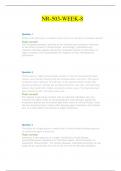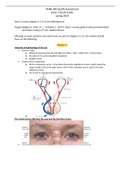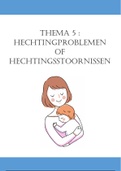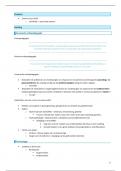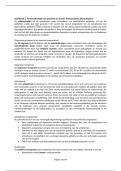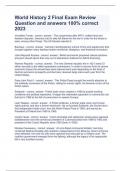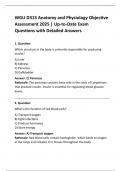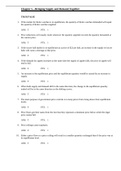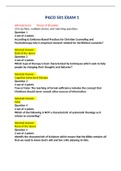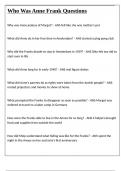Tentamen (uitwerkingen)
NR 503 Week 8 Final Exam Questions and Answers (2025 / 2026)(Verified Answers)
- Vak
- Instelling
NR 503 Week 8 Final Exam Questions and Answers (2025 / 2026)(Verified Answers)Which of the following is a condition which may occur during the incubation period? That's correct! The incubation period is defined as the interval from receipt of infection to the time of onset of clinical illness. Ac...
[Meer zien]
